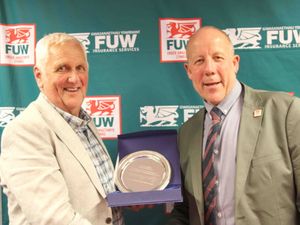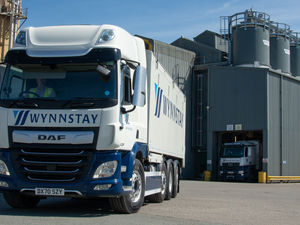Protecting cattle when the heat is on
During heat stress periods, cattle lose water and nutrients required for bodily function and performance.
The combination of humidity and heat compromises a cattle’s ability to regulate their body temperature. Once cattle fail to control thermal balance, they become stressed and the energy for production will be redirected to thermal regulation.
Although we see the highest temperatures at midday, it is important to keep in mind that the heat does build up throughout the day.
Reproductive performance of a dairy cow can decline in three ways during times of heat stress: 1) Oestrus intensity reduces, heat detection becomes more difficult, 2) Fertility is reduced, and 3) Early embryo survival is compromised.
Here are some ways to help alleviate the pressure – provide fresh water and shade, and look at the diet. Can you move nutrients so that they are digested in the hind gut? The addition of protected and bypass feeds can enable this. Also restrict handling of animals to early morning and late evening, offering buffer feeds during the cooler parts of the day.
Do not forget about the other livestock groups on farm! Dry cows, youngstock, sheep and beef cattle will all be feeling the heat.
Beth Howells, Technical Development Co-Ordinator, NWF Agriculture





